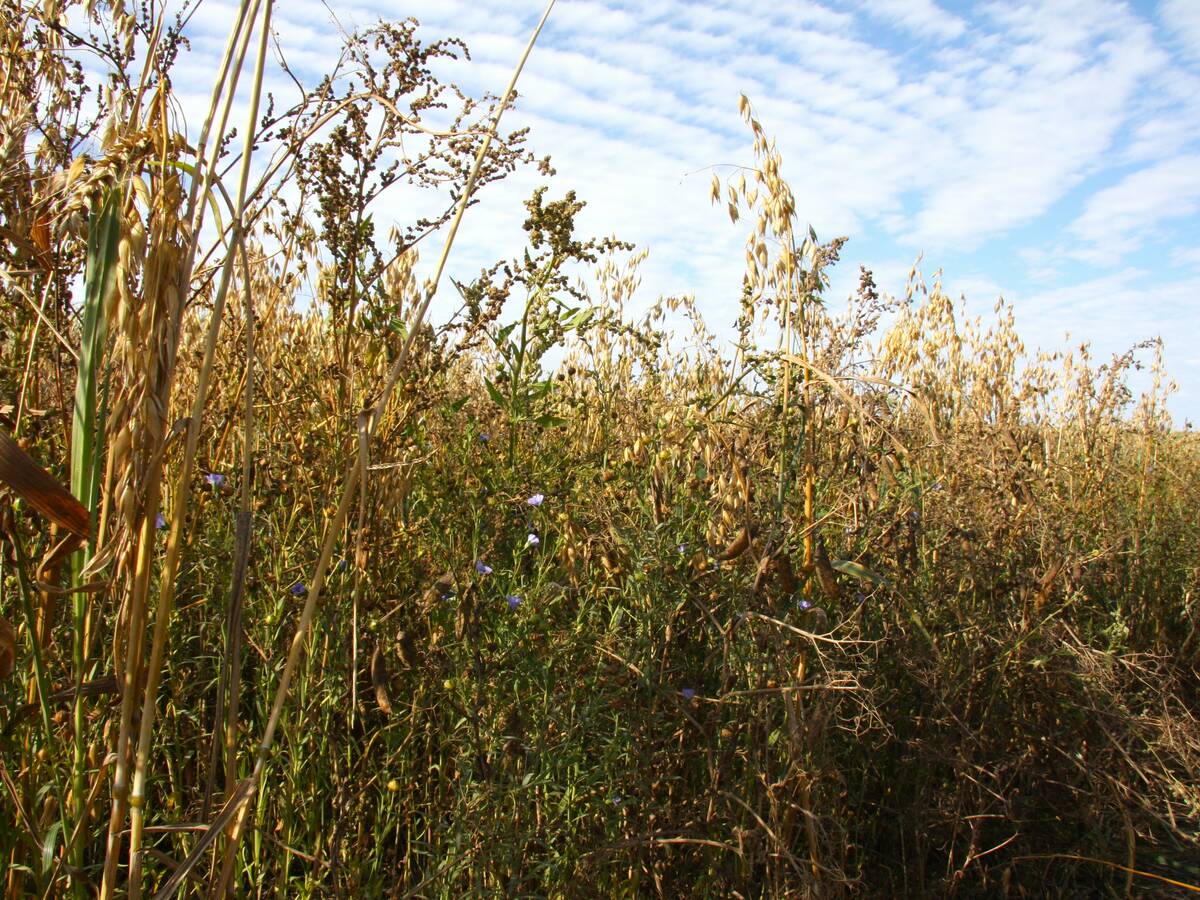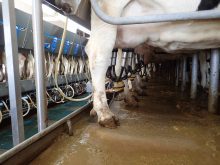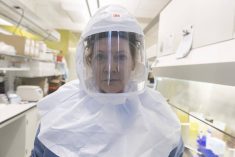Beef cattle producers in Alberta and Manitoba are taking biosecurity measures should the bird flu strain infecting some U.S. dairy herds jump the border and into Canadian beef cattle.
“We’re certainly encouraging producers to keep security in mind during this time,” said Karin Schmid with Alberta Beef Producers (ABP).
Recommendations include minimizing contact between cattle and migratory birds where feasible. Any cattle coming from affected regions should be separated out and monitored for symptoms. ABP is also asking producers with new animals on the farm to change and disinfect boots and other clothing before tending other animals.
Read Also

PepsiCo nearly doubles regenerative scope
Another 240,000 farm acres managed through regenerative agriculture will be supported by PepsiCo across Manitoba and Saskatchewan by the end of 2025.
“And then, of course, we would like to encourage people to report any unusual clinical signs or signs of illness that are unexpected,” said Schmid. “If you’re seeing a higher level of illness than you would normally anticipate this time of year, report that to your veterinarian.”
Similarly, she said, groups of dead birds should be reported to the Canadian Wildlife Health Cooperative.
If the highly pathogenic avian influenza (HPAI) strain makes its way into Canadian dairy herds, there is a chance the virus could get into beef herds based on crossover between the two industries, said Schmid.
“Primarily, (beef producers) deal with processing of cull cows or feeding out younger dairy animals.”
The virus currently seems to be targeting older lactating cows, and there have been no reports of HPAI in feedlots, she said April 2.
Manitoba Beef Producers (MBP) is also encouraging heightened biosecurity and echo many of ABPs recommendations.
“Manitoba Beef Producers along with the Canadian Cattle Association is working with the Canadian Food Inspection Agency to closely monitor the evolving situation in the U.S.A with highly pathogenic avian influenza identified in dairy cattle,” wrote MBP communications lead David Hultin in an email.
“The identification of HPAI in dairy cattle should not have implications for the international movement of milk, meat or live animals. A science-based approach is encouraged as there is no risk to consumers from milk or meat consumption.”
















